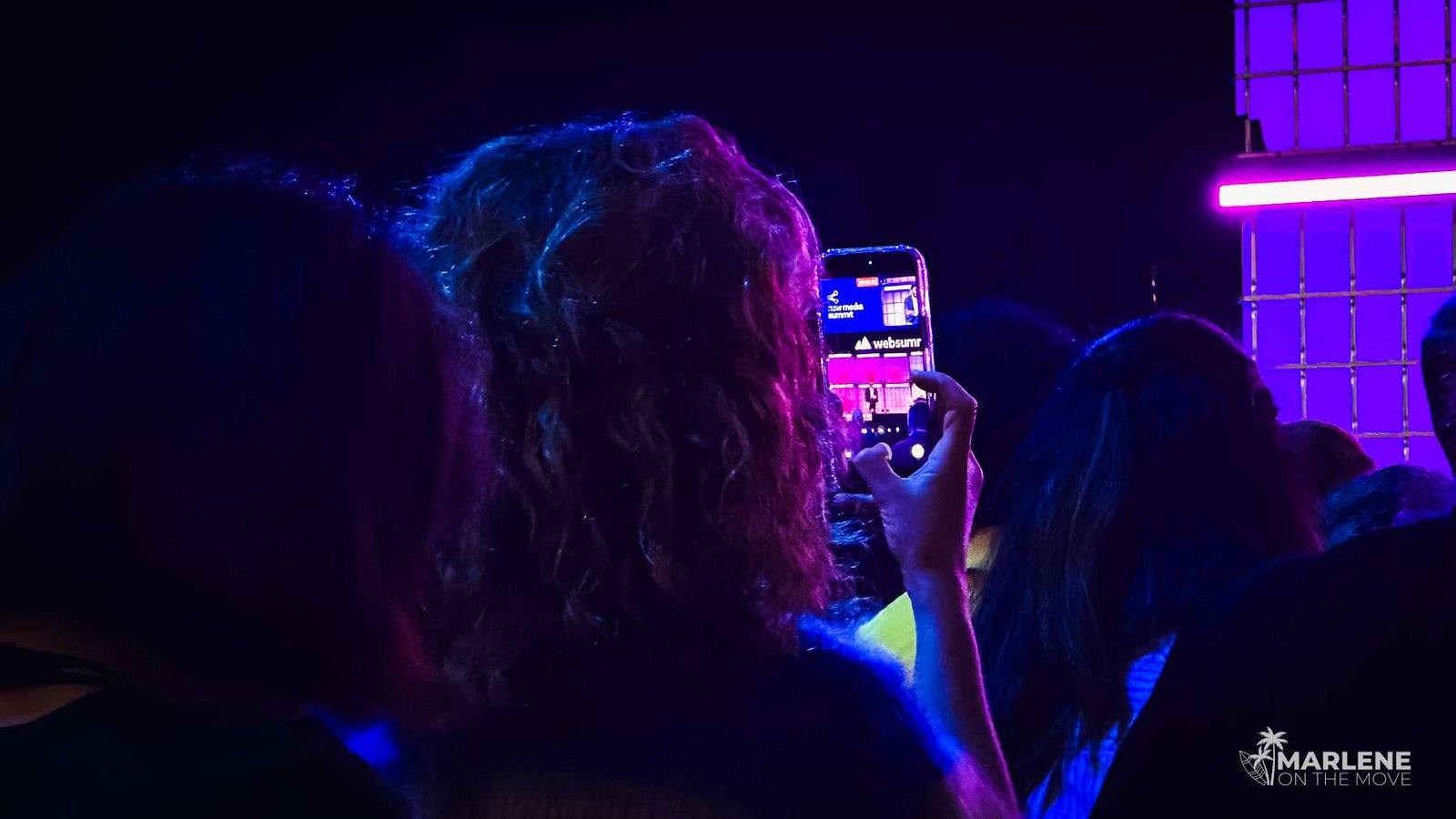
The Creator Economy Is Growing Up: Inside the New Era of Digital Creativity
Once known mainly for tech founders and investors, the Web Summit has, in recent years, become just as much a gathering for creators. Between talks on AI, blockchain, and fintech, the stages are now filled with conversations about storytelling, audience building, and the future of content as an industry.
By 2025, this change was clear to everyone. Sessions with digital entrepreneurs, YouTubers, journalists, and brand strategists looked at how technology is changing creativity, from algorithms that affect who sees content to fintech platforms that change how creators get paid.
Now, people aren’t asking if content creation is a real business. Instead, they’re talking about how it’s changing work culture around the world.
It was in this context that Visa presented its new study — Monetized: The 2025 Creator Report — putting solid data behind what so many of us in the field already sense: the creator economy isn’t a passing trend, it’s a legitimate industry.
The creator economy has officially entered its professional era. What started as a side hustle for passionate storytellers has grown into a half-trillion-dollar system that shapes how people work, earn money, and connect online.
At this year’s Web Summit, Visa’s findings brought structure and numbers to what most creators already feel: content creation isn’t just a hobby, it’s a business. And it’s here to stay.

A Growing Global Workforce of Creators
According to Visa’s research, there are now 200 million creators worldwide, and 88% expect their business revenue to grow in the next year.
Even more telling, 76% say they feel no pressure to pursue a traditional career, while 68% identify as small business owners.
This change is a big cultural shift. What used to seem like an unusual job is now seen as a real profession, based on creativity, digital skills, and entrepreneurship. For travel creators, this recognition is important because it shows that all the time spent editing videos on trains or writing posts in hotel lobbies is real work.
Self-Taught and Still Learning
The report shows that creators are very resourceful. Almost half have taught themselves most business skills. Also, 71% say they haven’t had formal training in managing money, and 66% don’t have business strategy training.
This is a common story. We learn how to tell stories, film, edit, and connect with our communities, but the business side usually comes later. Things like contracts, taxes, pricing, and partnerships are a big challenge for many creators.
Visa’s findings show a gap that many of us notice: creators feel confident in their creative work but want help running it as a lasting business. That’s why learning from each other and having open conversations at events like the Web Summit is so valuable.
From Brand Deals to Subscriptions: How Creators Are Earning
Earning money is still central to the creator economy, but things are changing quickly.
The study reveals that:
Brand collaborations still bring in money, but they also show a weak spot in the system: unpredictability. Campaigns can end, budgets can change, and payment terms are not always the same.
This is why more creators are turning to paid subscriptions and digital products. These options give creators steady income and more control over their audience. For travel creators, this might mean selling destination guides, behind-the-scenes content, or custom itineraries. These are real ways to turn creativity into regular earnings.

A Lesson from the Web Summit Floor
Visa’s own activation at this year’s Web Summit was a good example of how brands are trying new things with creators. Attendees could use a photo booth, take a picture, and if they posted it on social media tagging Visa, receive a €10 card.
Ten euros may not be a lot, but the idea matters: everyone got paid, whether they had ten followers or ten thousand. It’s a small but meaningful step that supports what many creators, including myself, have always said—any content that promotes a brand should be paid.
Because behind every post, there’s time, creativity, and influence, even if it’s within a small community. Recognition through fair payment is what ultimately professionalizes this industry.

Finances Made Simple (and Sometimes Too Simple)
Another aspect of Visa’s study is how creators manage their finances.
A striking 86% fund their work using personal savings or credit cards, and 62% use personal bank accounts to handle business income.
This simple approach makes things accessible, but it also shows that there aren’t enough financial tools made for creators. Regular banks often don’t understand how things like irregular payments, brand deals, or affiliate commissions work. This is where fintech companies can step in and create products that match how creators really earn and spend.
The Need for Speed (and Flexibility)
Also, payment delays remain one of the biggest frustrations for creators.
Visa reports that 30% want cards offering faster access to funds and flexible payment options.
Delayed payments don’t just cause stress. They also affect production schedules, paying bills, and the chance to catch viral trends as they happen.
In a fast-moving industry, slow payments are like hitting turbulence during a flight.

What This Means for Travel Creators
As the creator economy grows up, travel content creators are in a special spot where inspiration meets business. We work across time zones, cultures, and digital platforms at the same time.
The key takeaway from Visa’s 2025 report is that our work has real value, and the systems around us, from banks to brands, are starting to see that.
Still, the next big step for this industry won’t come from new algorithms or platforms. It will come from creators treating their work like a real business, with clear boundaries, good strategy, and financial know-how.
Final Thoughts
In 2025, being a travel creator isn’t just about collecting passport stamps anymore. It’s about building a business based on authenticity, creativity, and fair value.
The Visa report doesn’t just confirm what we already knew. It marks a turning point.
The world is finally starting to see what creators have shown for years: storytelling with purpose is worth investing in.


